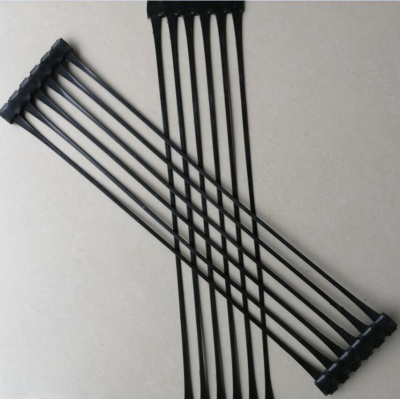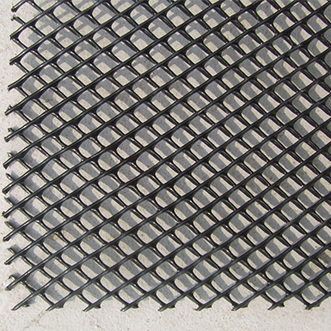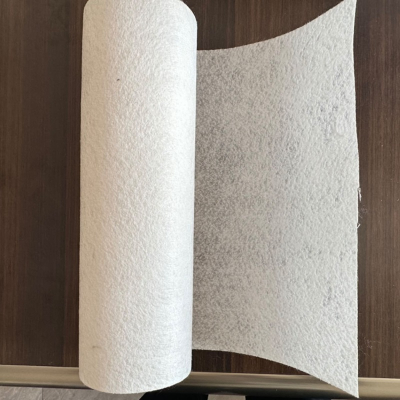Plastic Drainage Board
This drainage protection board, made from HDPE/PVC materials, features a convex-concave hollow rib structure that rapidly drains rainwater, significantly reducing or even eliminating hydrostatic pressure on the waterproofing layer, achieving active waterproofing through its efficient water diversion principle. The material itself is highly waterproof, and when reliably connected, it serves as an excellent auxiliary waterproofing layer. It effectively protects structures and waterproofing layers from damage caused by backfilling, resisting various acids, alkalis, and plant roots in the soil. Additionally, it provides sound insulation , moisture resistance, and ventilation, making it a comprehensive solution for underground construction projects.
Product description
Plastic drainage board is made of polystyrene (HIPS) or polyethylene (HDPE) as the raw material of plastic base plate after stamping made of conical protruding platform or stiffening rib of the bump (or hollow cylindrical porous) and after continuous innovation and research and development of raw materials has been greatly improved and changed, now by polyvinyl chloride (PVC) as the raw material of pressing and made of compressive strength and the overall smoothness has been greatly improved, width of 1 ~ 3 metres, length of 4 ~ 10 metres or more. The width is 1~3 metres and the length is 4~10 metres or more.
The traditional drainage method uses masonry tiles as the filtering layer, uses more cobbles or gravel as the water filtering layer, and drains the water to the designated place. The use of drainage boards to replace the cobble filter layer to drain the water saves time, effort and energy, saves investment and reduces the load on the building.
Good drainage system has an important role in the construction cycle of civil engineering and the normal use and life of the building. Drainage board and porous water seepage pipe form an effective drainage system, cylindrical hollow drainage board and geotextile also form a drainage system, so as to form a system with seepage, water storage and drainage function.
Application
Greening project: garage roof greening, roof garden, vertical greening, pitched roof greening, football field, golf course.
Municipal engineering: airports, road foundations, subways, tunnels, landfills.
Construction engineering: upper or lower level of building foundation, inner and outer basement walls and base plates as well as roof slabs, anti-seepage and heat insulation layer of roofs, etc.
Water conservancy project: water seepage prevention in reservoirs, cisterns and artificial lakes.
Traffic engineering: road, railway roadbed, embankment and slope protection layer .
Laying procedure
1. Clean up the rubbish at the laying site, cement levelling, so that there is no obvious unevenness at the site, outdoor garage roofs and roof gardens need to have a 2-5‰ slope.
2. The water discharged from the drainage board can be centrally discharged to the nearby drainpipe or nearby city sewer.
3. Basement floor seepage water, in the foundation above the hollow floor, that is, before doing the floor now do a layer of drainage board, round protruding platform downward, around the blind ditch, so that groundwater can not come up, seepage water naturally through the space of the drainage board into the blind ditch around the blind ditch, and then through the blind ditch into the collection of water pits.
4. Basement wall seepage prevention, can be laid in the main wall of the building drainage board, round protruding platform facing the main wall. Drainage board and then build a layer of single wall or with steel wire mesh powder cement to protect the drainage board, so that the wall outside the seepage board space straight down into the blind ditch straight to the water collection pit.
5. In any lot laying drainage board, must pay attention to: do not let soil, cement, sand and other rubbish into the front space of the drainage board, to ensure that the space of the drainage board unobstructed.
6. When the drainage board laying as much as possible to do a good job of protection measures, level or outdoor garage laying drainage board should be done as soon as possible in a timely manner as soon as possible to do backfill, to prevent gusts of wind blowing chaotic drainage board to affect the quality of the laying. Basement and interior wall waterproofing should be done as soon as possible to protect the layer, to prevent the drainage board was destroyed by people or things.
7. Backfill soil is viscous soil, in the geotextile cloth need to lay 3-5cm of yellow sand for more ideal, conducive to geotextile cloth water filtration; such as backfill soil is a kind of nutrient soil or lightweight soil without the need to lay a layer of yellow sand, this soil itself is very loose and easy to filter water.
8. Drainage board in the laying of the side and the side of the right lap next 1-2 pivots, you can also touch the two bottom plates, the use of geotextile lap, as long as there is no soil into the drainage channel of the drainage board can be maintained, to keep the drainage unobstructed.
Construction specification
1. Please store the drainage board in dry and ventilated environment, prevent from exposure to sunlight and keep away from fire.
2. Please put the drainage protection board in a vertical or flat position, no tilting or cross-pressing, the stacking height should not exceed 3 layers, and no heavy objects can be piled up and pressed.
3. When laying, it should be smooth and natural, and lay it along the slope or according to the direction of water flow.
4. Single paving geotextile lap to ensure that 150cm, lap with rubber or sand compaction to avoid movement, and then backfill, the first layer of backfill to ensure that tamped before the next step, layered backfill must be tamped.









